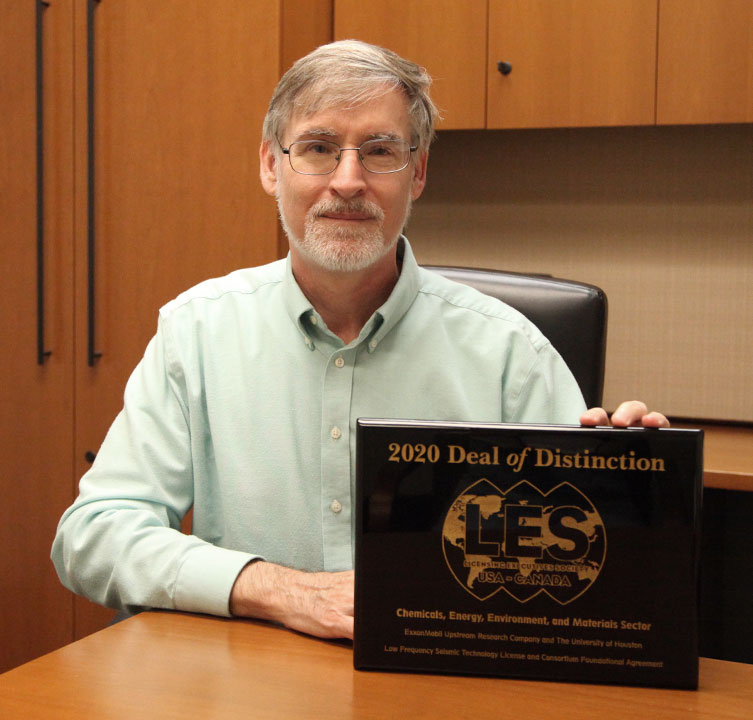- 12/21/2020 01:00:00 AMUniversity of Houston Receives Licensing Executive Society’s 2020 Deal of Distinction in CEEM SectorAward given to physics professor Mark Meier’s industry-supported consortium.../../../../news-events/stories/2019/1024-lfs-prototype.php
 Physics
Physics
